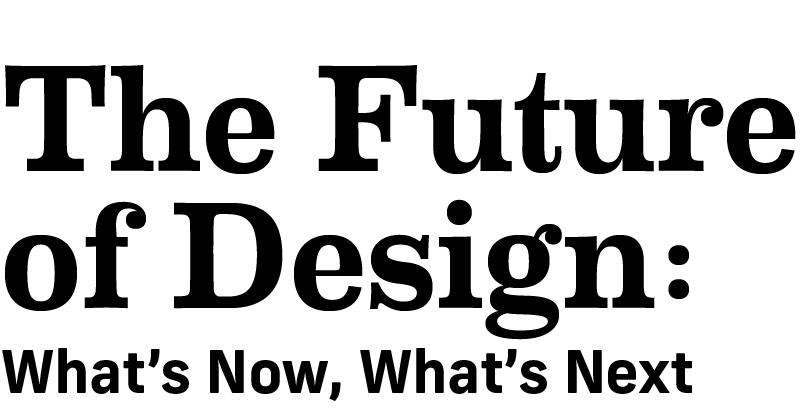A 23-member jury of industry professionals, including architects, interior designers, providers, consultants, and researchers, was charged with sifting through the 59 projects submitted to this year’s Environments for Aging (EFA) Design Showcase, determining which ones made the cut to be published and which ones rose to the top and earned awards. Most importantly, they offered their unique perspectives. It’s a multidisciplinary approach that adds dimension to the judging process and provides the opportunity to recognize projects’ merits in a much richer way.
So we asked them how they approached this task from their individual spots within senior living design and what they took away from the work they reviewed. Here's what juror Mike McKay had to say.
Architect
Mike McKay, AIA, ACHE, EDAC, LEED AP
Senior architect, Erdman (Madison, Wis.)
While design matters, it isn’t the only factor one should consider when serving on a jury of this nature. First and foremost, entrants need to know that jury members read the submissions. The project narrative is just as important as the images, and the two must reinforce one another. EFA has structured the format to encourage entrants to tell us their story, but to do so in a manner that features innovation, collaboration, quality of life, operations, and functionality of the design solution. What I want to find in the submission is the evidence of those traits. The evidence is made clear when the narrative clearly presents the goals and objectives of the project, the relevant research and evidence that support the design concept, the metrics by which success will be measured, and the outcomes from post-occupancy evaluations on those metrics. It’s made much stronger when the supporting drawings and images bring those elements and that part of the story to life.
The projects recognized by the jury achieved this success. And while many other projects had spectacular design solutions embodied within the images of their entry, the supporting documentation failed to provide the answers the jury was looking for, leaving us to debate only the style reflected in the pictures, which most architects and designers know is purely subjective.
In terms of real innovation, I didn’t see much, as there were several projects still organized around long, double-loaded hallways and traditional operating models. In contrast, what stood out for me with the projects I saw this year was more attention, planning, and design devoted to outdoor spaces and the connection of inside space to nature—a strong sign of more innovative, creative, and exciting solutions yet to come.









